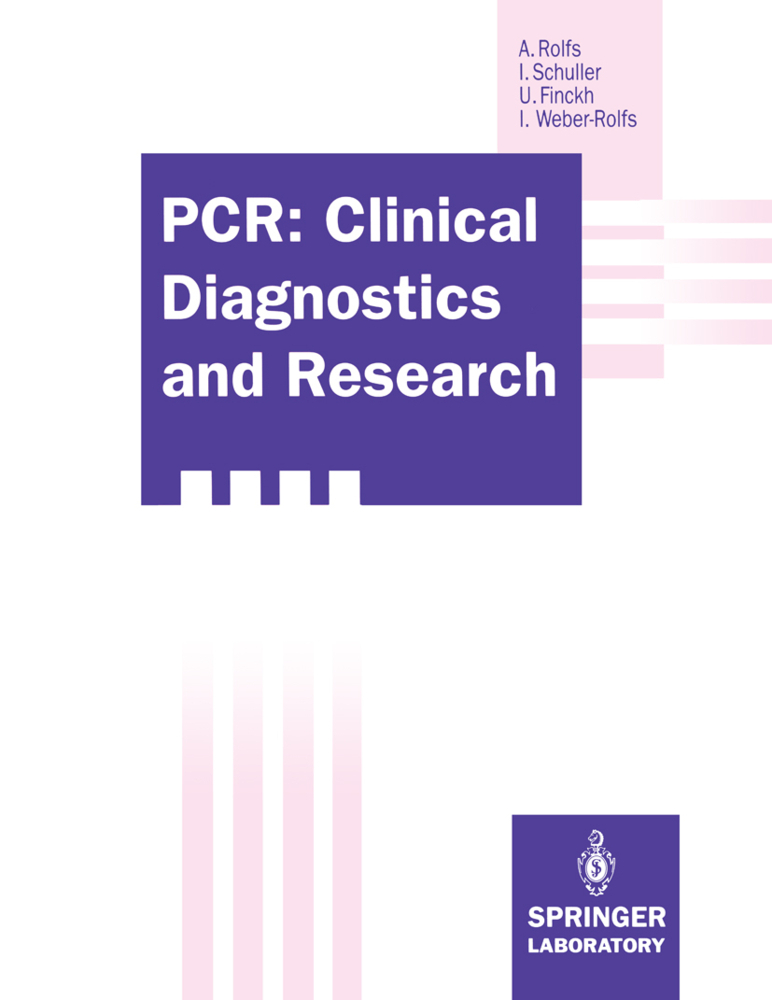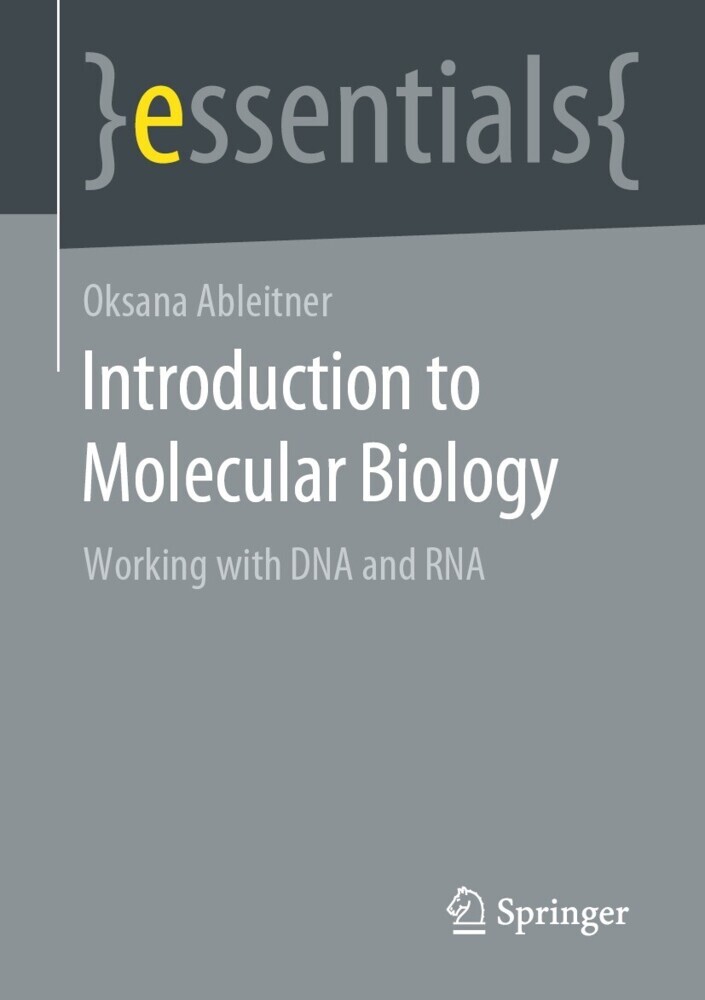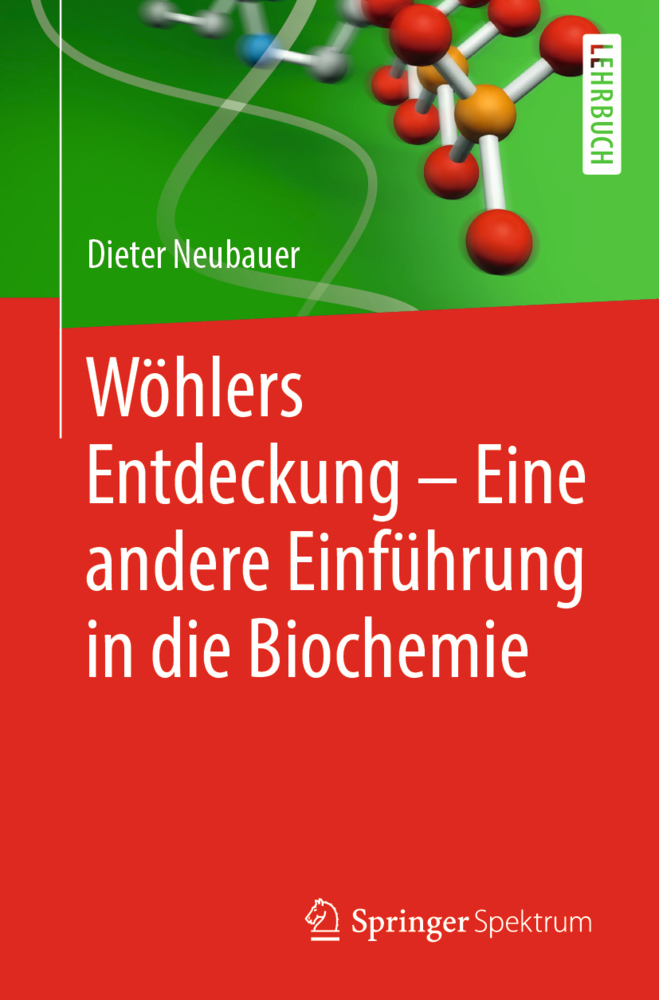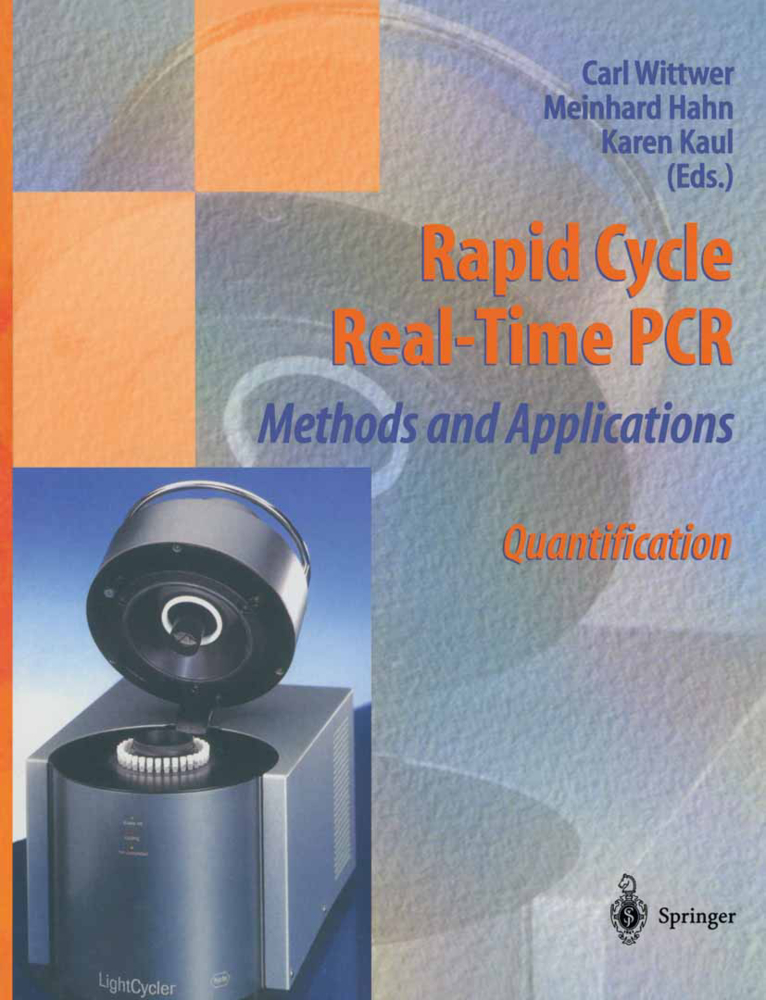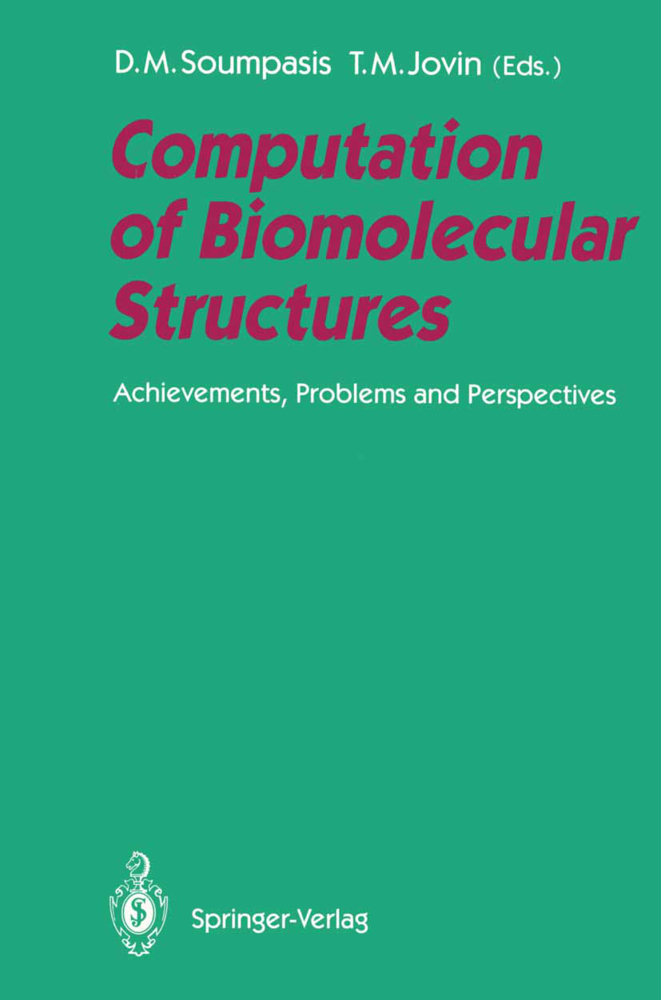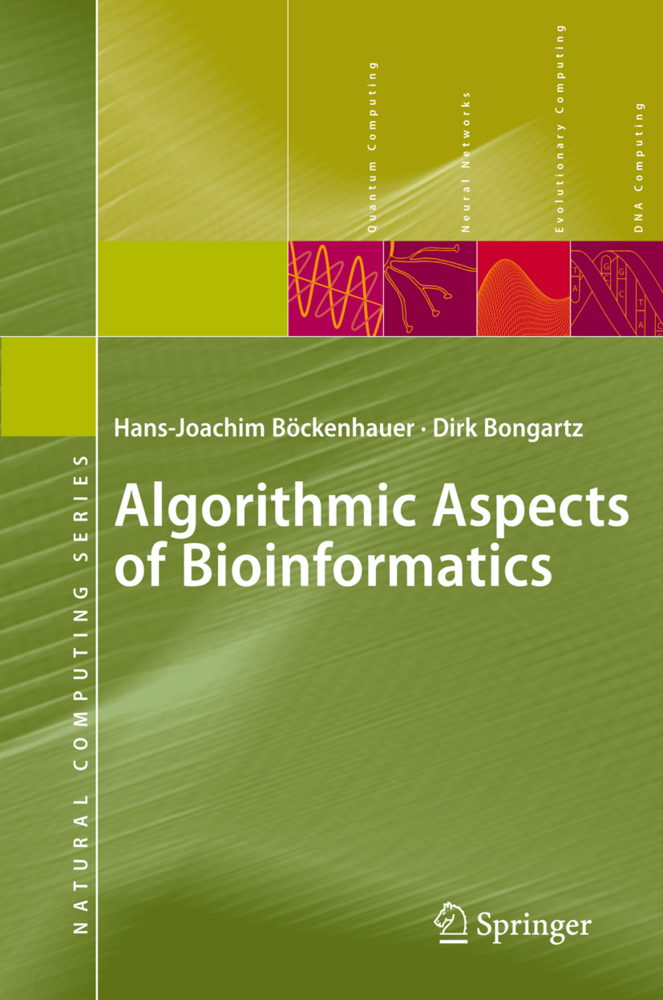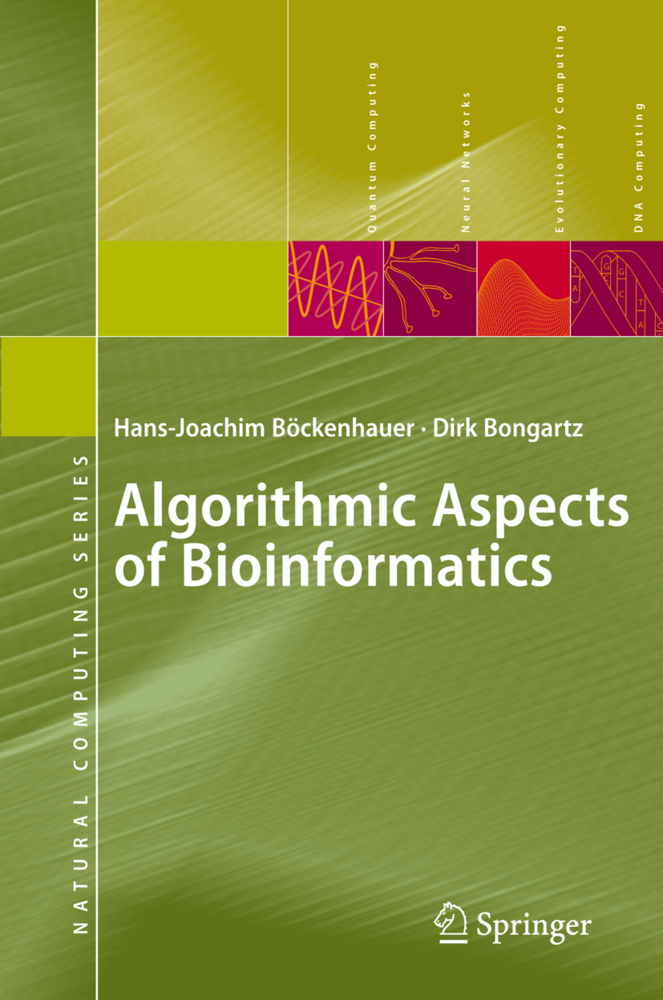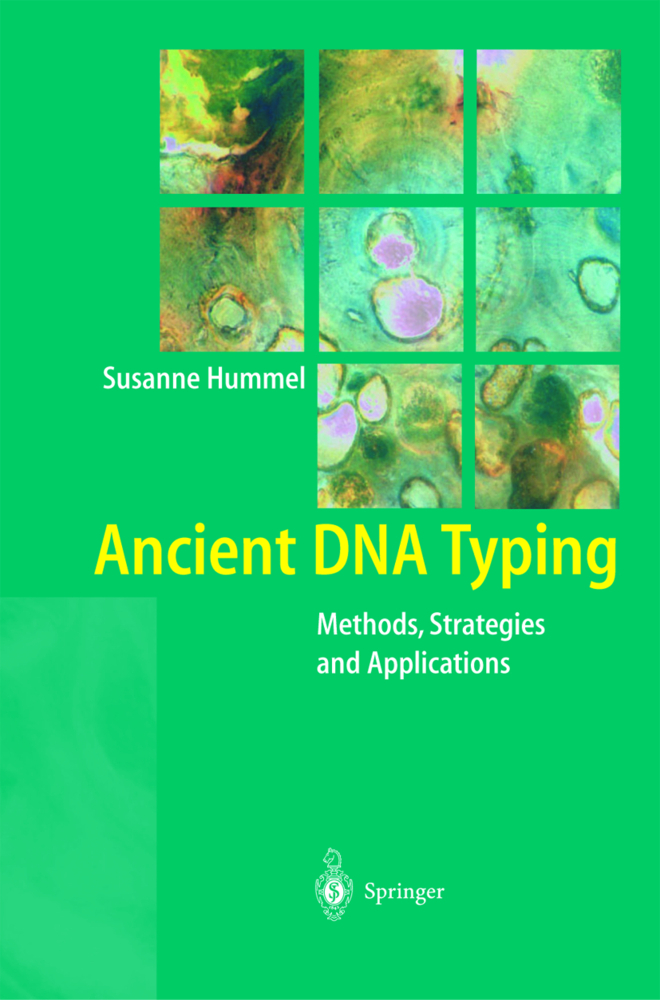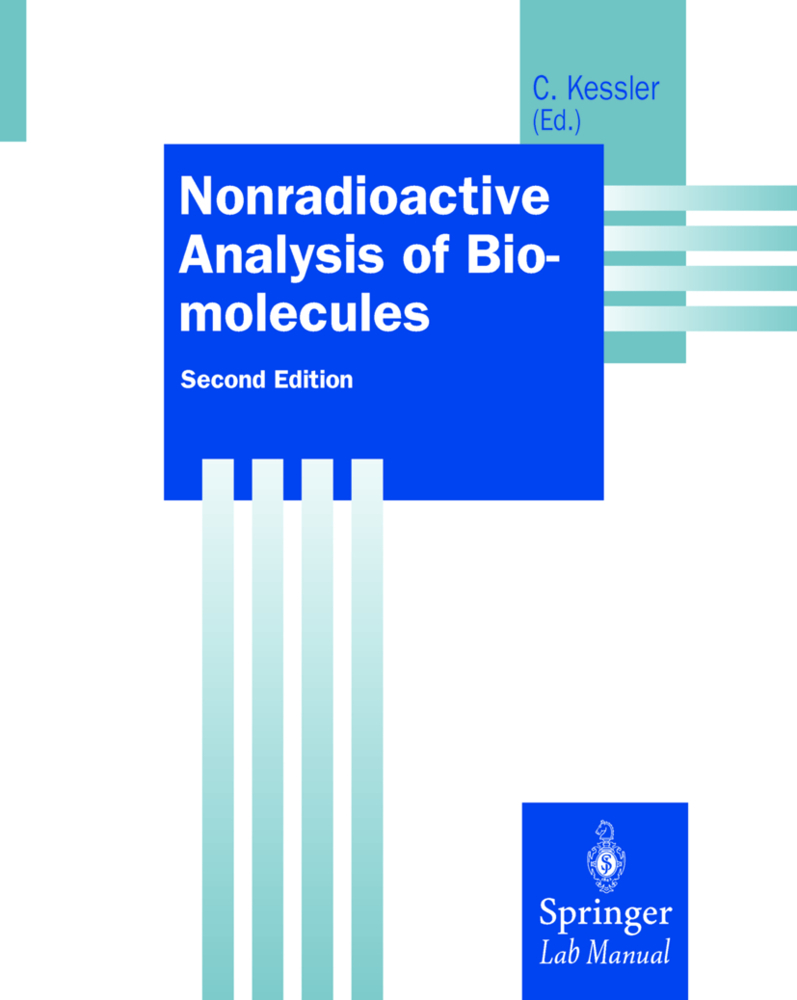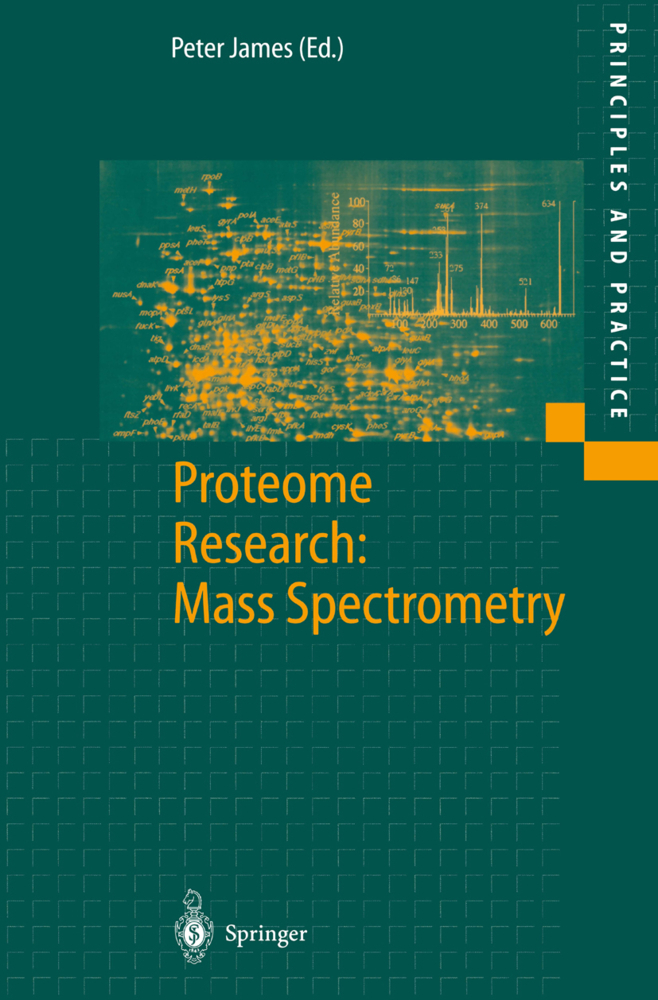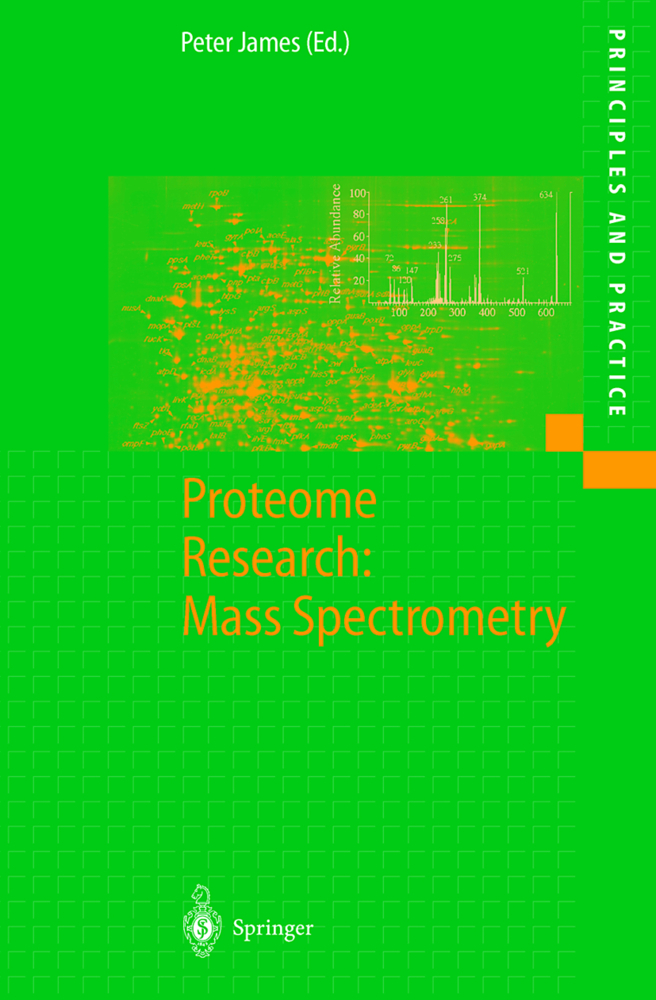PCR: Clinical Diagnostics and Research
PCR: Clinical Diagnostics and Research
In 1985, Kary Mullis was driving late at night through the flowering buckeye to the ancient California redwood forest, cogitating upon new ways to sequence DNA. Instead he came upon a way to double the number of specific DNA modules, and to repeat the process essentially indefinitely. 1 He thought of using two oligonucleotide sequences, oppositely oriented, and a DNA polymerase enzyme, to double the number of DNA targets. Each product would thene become the target for the next reaction, effectively yielding a product which doubled in quantity with each repeated cycle. Like the chain reaction leading to nuclear fission, with each cycle event each initial reactant (neutron or DNA molecule) yields two similar products, each of which can serve as the initial reactant. The invention of this exponentially increasing amplification system quickly became known as the polymerase chain reaction (PCR). The tremendous sensitivity of PCR ultimately resides in the necessity for each of two specific oligonucleotide annealing reactions to occur at the same time in the proper orientation. The DNA annealing reaction is a very specific reaction. Single genes have been detected by hybridization of a DNA probe to chromosome preparations together with sensitive fluorescence microscopy. This is the equivalent to detecting a gene present in a single copy per cell genome. It is the combination of two such specific annealing reactions which makes possible the amplification needed to detect a single molecule with a specific DNA sequence in over 100,000 cell genomes.
1.2. Temperature and time profile of thermal cycling
1.3. Taq DNA polymerase and reaction buffer
1.4. Deoxynucleotide triphosphates (dNTPs)
1.5. Primers
1.6. Oil overlay and reaction volume
1.7. DNA sample
1.8. Size and structure of amplification products
1.9. PCR set-up strategies
2. Optimization strategies
2.1. Analytical PCR
2.2. Preparative PCR
3. General applications of PCR
3.1. Asymmetric PCR
3.2. Allele-specifîc amplification (ASA)
3.3. Nested PCR
3.4. Multiplex PCR
3.5. Differential PCR
3.6. Competitive PCR
3.7. Amplification of unknown sequences
3.8. Application of PCR for genetic examinations, DNA amplification fingerprinting
3.9. Amplification with consensus primers
3.10. Expression PCR
3.11. Detection of infectious agents or rare sequences
4. Substances affecting PCR: Inhibition or enhancement
4.1. Inhibition introduced by native material
4.2. Inhibition introduced by reagents during DNA isolation: Detergents, Proteinase K and Phenol
4.3. Additives influencing the efficiency of PCR
4.4. Evaluation of the effect of individual additives
5. PCR: Contamination and falsely interpreted results
5.1. Control experiments
5.2. Sources of contaminations
5.3. Prevention and elimination of contamination
6. Biological material amenable to PCR
6.1. Sample preparation and storage
7. Isolation of DNA from cells and tissue for PCR
7.1. Alkaline lysis
7.2. Guanidinium rhodanid method (GuSCN)
7.3. Proteinase K digestion for the isolation of DNA
7.4. Automated DNA extraction
8. Isolation of RNA from cells and tissue for PCR
8.1. General preparations
8.2. Inhibition of endogenous RNases.-8.3. Methods for the isolation of RNA suitable for RT-PCR
9. Reverse transcription/PCR (RT-PCR)
9.1. Setting up an RT-PCR
9.2. Selective RT-PCR
10. Methods for identification of amplified PCR products
10.1. Agarose gel electrophoresis
10.2. DNA blot transfer and nonradioactive hybridization /detection
10.3. Detection systems of digoxigenin labeled hybrids
10.4. Polyacrylamide gel (PAGE) electrophoresis
11. Restriction fragment analysis
11.1. Restriction endonucleases
11.2. Endonuclecase selection
11.3. Optimal digestion conditions
12. Multiplex PCR
Method: Detection of three different mycobacterial genom regions in a single PCR tube
13. Detection of single base changes using PCR
13.1. Allele-specific amplification (ASA, PASA, ASP, ARMS)
13.2. Allele-specific oligonucleotide hybridisation (ASO)
13.3. Chemical mismatch cleavage method
13.4. Denaturing gradient gel electrophoresis (DGGE)
13.5. PCR single-strand conformation polymorphism (PCR-SSCP)
14. Non-radioactive, direct, solid-phase sequencing of genomic DNA obtained from PCR
14.1. Generation of single-stranded DNA fragments
14.2. Sequencing of biotinylated PCR products
15. Application of PCR to analyze unknown sequences
15.1. Inverse PCR
15.2. Alternative methods to inverse PCR
16. Quantification of PCR-products
17. Cloning methods using PCR
Method: Cloning and purification of a partial gag-sequence of HIV-1 using PCR
18. Site-directed mutagenesis using the PCR
19. In-situ polymerase chain reaction
20. Oligonucleotides in the field of PCR
20.1. Guidelines for designing PCR primers
20.2. Synthesis of primers
20.3. Purification of oligonucleotides
20.3. Chemical modification of primers
21. Review of different heat-stable DNA polymerases
21.1.Taq DNA polymerase
21.2. Vent polymerase (Thermococcus litoralis)
21.3. Thermus thermophilus DNA polymerase
21.4. Pfu DNA polymerase (Pyrococcus furiosus)
21.5. Bst polymerase
21.6. Fidelity of different heat-stable DNA polymerases
22. Physical features of thermocyclers and of their influence on the efficiency of PCR amplification
23. Alternative methods to PCR
23.1. Ligase chain reaction (LCR)
23.2. Transcription-based amplification system (TAS)
23.3. Self-sustained sequence replication (3SR)
23.4. Q-beta replicase
Addendum: Methodological examples for the application of the Polymerase chain reaction
A) Characterization of oncogenes
B) Detection of infectious agents
C) Basic methodology and research applications
Appendix I: Suppliers of specialist items
Appendix II: List of Contributors
Appendix III: DNA sequencing chrornato grams.
1. PCR: principles and reaction components
1.1. PCR: A cyclic, exponential, in vitro amplification process1.2. Temperature and time profile of thermal cycling
1.3. Taq DNA polymerase and reaction buffer
1.4. Deoxynucleotide triphosphates (dNTPs)
1.5. Primers
1.6. Oil overlay and reaction volume
1.7. DNA sample
1.8. Size and structure of amplification products
1.9. PCR set-up strategies
2. Optimization strategies
2.1. Analytical PCR
2.2. Preparative PCR
3. General applications of PCR
3.1. Asymmetric PCR
3.2. Allele-specifîc amplification (ASA)
3.3. Nested PCR
3.4. Multiplex PCR
3.5. Differential PCR
3.6. Competitive PCR
3.7. Amplification of unknown sequences
3.8. Application of PCR for genetic examinations, DNA amplification fingerprinting
3.9. Amplification with consensus primers
3.10. Expression PCR
3.11. Detection of infectious agents or rare sequences
4. Substances affecting PCR: Inhibition or enhancement
4.1. Inhibition introduced by native material
4.2. Inhibition introduced by reagents during DNA isolation: Detergents, Proteinase K and Phenol
4.3. Additives influencing the efficiency of PCR
4.4. Evaluation of the effect of individual additives
5. PCR: Contamination and falsely interpreted results
5.1. Control experiments
5.2. Sources of contaminations
5.3. Prevention and elimination of contamination
6. Biological material amenable to PCR
6.1. Sample preparation and storage
7. Isolation of DNA from cells and tissue for PCR
7.1. Alkaline lysis
7.2. Guanidinium rhodanid method (GuSCN)
7.3. Proteinase K digestion for the isolation of DNA
7.4. Automated DNA extraction
8. Isolation of RNA from cells and tissue for PCR
8.1. General preparations
8.2. Inhibition of endogenous RNases.-8.3. Methods for the isolation of RNA suitable for RT-PCR
9. Reverse transcription/PCR (RT-PCR)
9.1. Setting up an RT-PCR
9.2. Selective RT-PCR
10. Methods for identification of amplified PCR products
10.1. Agarose gel electrophoresis
10.2. DNA blot transfer and nonradioactive hybridization /detection
10.3. Detection systems of digoxigenin labeled hybrids
10.4. Polyacrylamide gel (PAGE) electrophoresis
11. Restriction fragment analysis
11.1. Restriction endonucleases
11.2. Endonuclecase selection
11.3. Optimal digestion conditions
12. Multiplex PCR
Method: Detection of three different mycobacterial genom regions in a single PCR tube
13. Detection of single base changes using PCR
13.1. Allele-specific amplification (ASA, PASA, ASP, ARMS)
13.2. Allele-specific oligonucleotide hybridisation (ASO)
13.3. Chemical mismatch cleavage method
13.4. Denaturing gradient gel electrophoresis (DGGE)
13.5. PCR single-strand conformation polymorphism (PCR-SSCP)
14. Non-radioactive, direct, solid-phase sequencing of genomic DNA obtained from PCR
14.1. Generation of single-stranded DNA fragments
14.2. Sequencing of biotinylated PCR products
15. Application of PCR to analyze unknown sequences
15.1. Inverse PCR
15.2. Alternative methods to inverse PCR
16. Quantification of PCR-products
17. Cloning methods using PCR
Method: Cloning and purification of a partial gag-sequence of HIV-1 using PCR
18. Site-directed mutagenesis using the PCR
19. In-situ polymerase chain reaction
20. Oligonucleotides in the field of PCR
20.1. Guidelines for designing PCR primers
20.2. Synthesis of primers
20.3. Purification of oligonucleotides
20.3. Chemical modification of primers
21. Review of different heat-stable DNA polymerases
21.1.Taq DNA polymerase
21.2. Vent polymerase (Thermococcus litoralis)
21.3. Thermus thermophilus DNA polymerase
21.4. Pfu DNA polymerase (Pyrococcus furiosus)
21.5. Bst polymerase
21.6. Fidelity of different heat-stable DNA polymerases
22. Physical features of thermocyclers and of their influence on the efficiency of PCR amplification
23. Alternative methods to PCR
23.1. Ligase chain reaction (LCR)
23.2. Transcription-based amplification system (TAS)
23.3. Self-sustained sequence replication (3SR)
23.4. Q-beta replicase
Addendum: Methodological examples for the application of the Polymerase chain reaction
A) Characterization of oncogenes
B) Detection of infectious agents
C) Basic methodology and research applications
Appendix I: Suppliers of specialist items
Appendix II: List of Contributors
Appendix III: DNA sequencing chrornato grams.
Rolfs, Arndt
Schuller, Irmela
Finckh, Ulrich
Weber-Rolfs, Ines
| ISBN | 9783642774942 |
|---|---|
| Artikelnummer | 9783642774942 |
| Medientyp | Buch |
| Copyrightjahr | 2011 |
| Verlag | Springer, Berlin |
| Umfang | 367 Seiten |
| Abbildungen | XIX, 367 p. |
| Sprache | Englisch |

